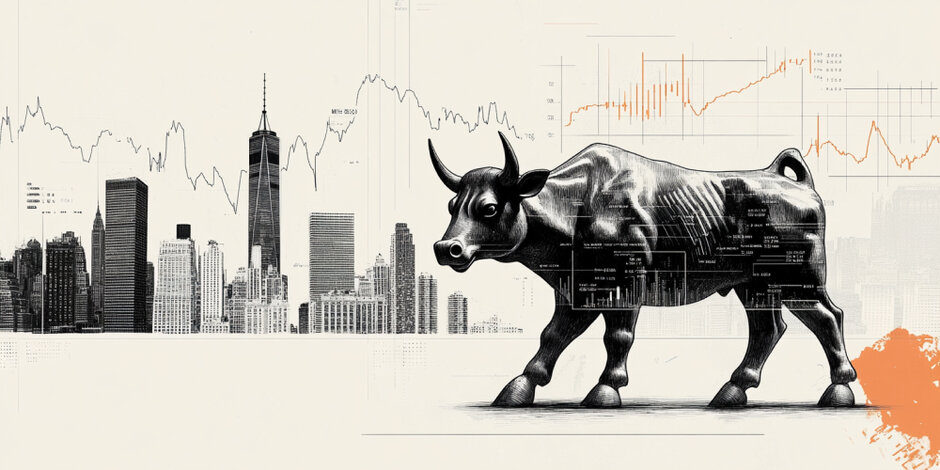S&P 500 still below 200-day moving average – Where now?

S&P 500 didn‘t keep above NFPs highs, and Trump 80% China tarif „seems right“ message caused sell-the-news reaction just as expected. It was also one of shallow selling, and no bullish positioning ahead of the weekend to speak of. The dollar is also stuck in the key 100-101 zone – shouldn‘t it be higher given the tariff wars resolution on the horizon? For all the positive UK news, it‘s up to China and EU to turn this (long-term) expectation positive – things will not go as smooth as they did with the UK, and any good headline counts.
Yet, bonds aren‘t panicking, and stock market volatility is also reasonably constructive. As stocks struggle with the 200-day moving average for the time being, one has to look for more risk-on areas beyond paper assets.
80% grabs attention headline, but let‘s put it into the 60% pre-elections threat context – can US supply chains really, really reorient that fast? This 80% level will have to go down some more to make it workable for the US not just in the short-term. Some much more… So, caution and realization of the carrot hoopla Friday by stocks shouldn‘t be too surprising (defence of shallow pullback is a constructive sign for sure, and phase one deal announcement works great) – one has to look at bond market holding steady or looking to the exit door instead...
Author

Monica Kingsley
Monicakingsley
Monica Kingsley is a trader and financial analyst serving countless investors and traders since Feb 2020.


















